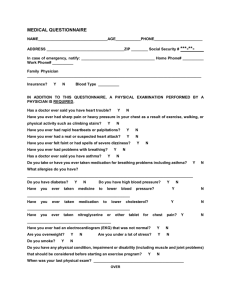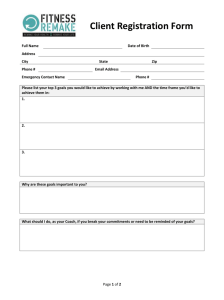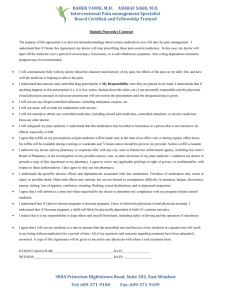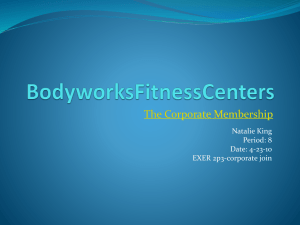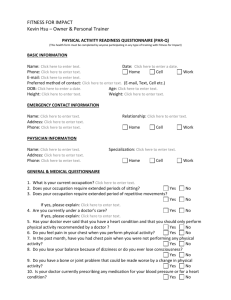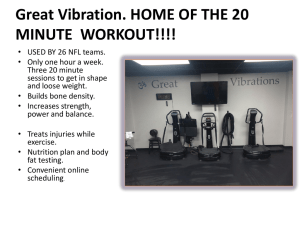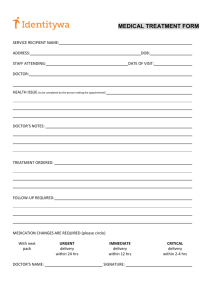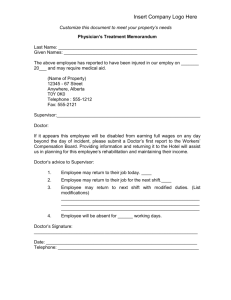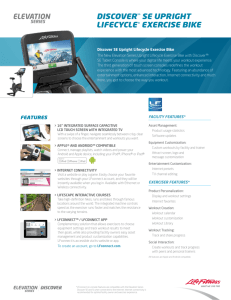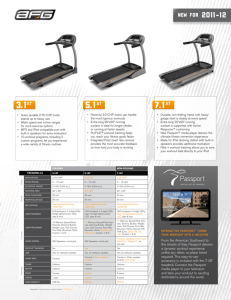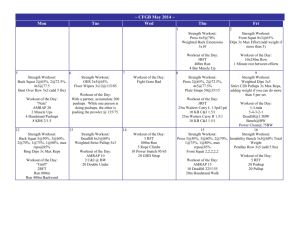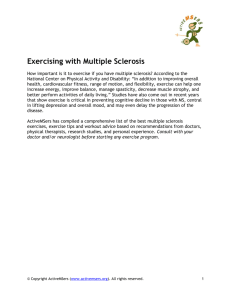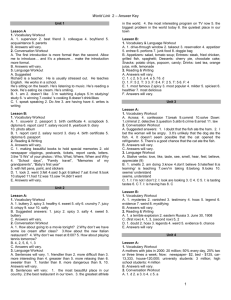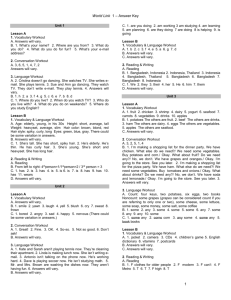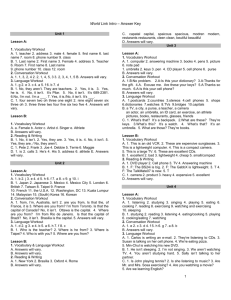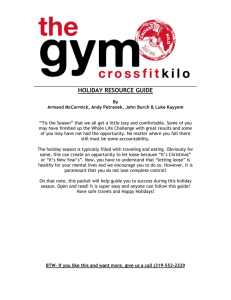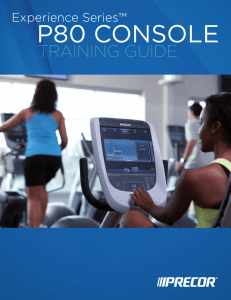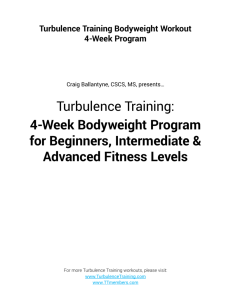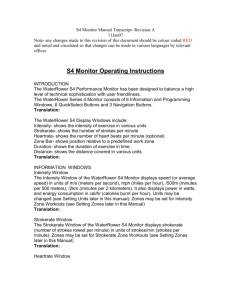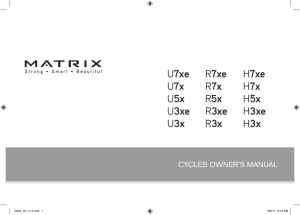Exercise and High Blood Pressure
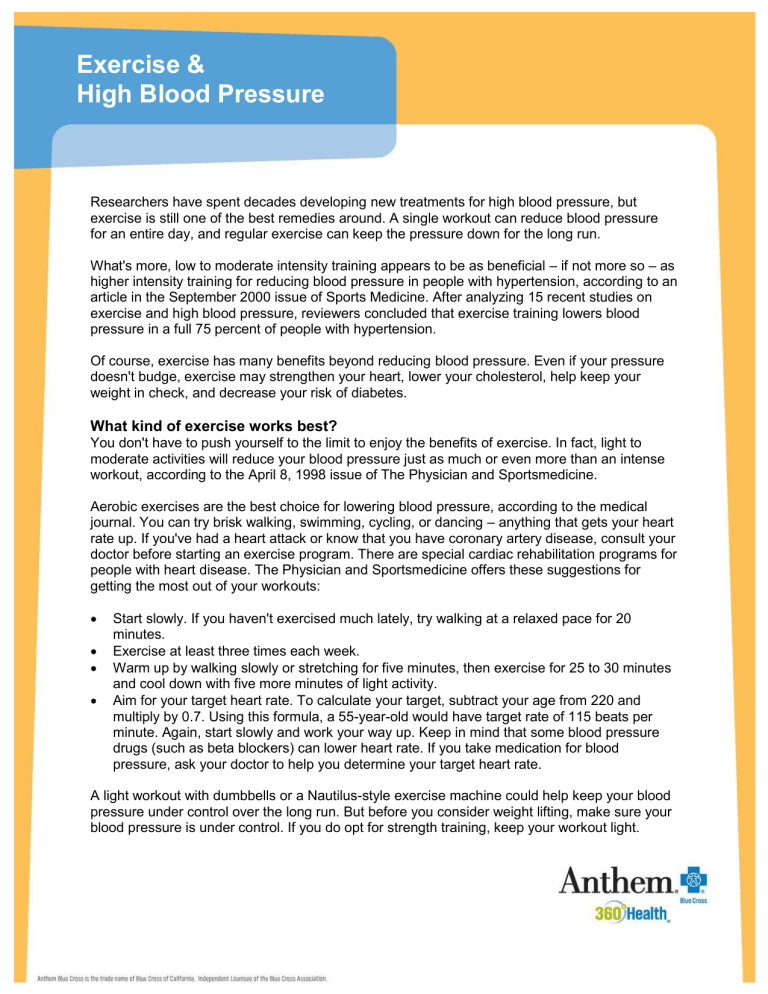
Exercise &
High Blood Pressure
Researchers have spent decades developing new treatments for high blood pressure, but exercise is still one of the best remedies around. A single workout can reduce blood pressure for an entire day, and regular exercise can keep the pressure down for the long run.
What's more, low to moderate intensity training appears to be as beneficial – if not more so – as higher intensity training for reducing blood pressure in people with hypertension, according to an article in the September 2000 issue of Sports Medicine. After analyzing 15 recent studies on exercise and high blood pressure, reviewers concluded that exercise training lowers blood pressure in a full 75 percent of people with hypertension.
Of course, exercise has many benefits beyond reducing blood pressure. Even if your pressure doesn't budge, exercise may strengthen your heart, lower your cholesterol, help keep your weight in check, and decrease your risk of diabetes.
What kind of exercise works best?
You don't have to push yourself to the limit to enjoy the benefits of exercise. In fact, light to moderate activities will reduce your blood pressure just as much or even more than an intense workout, according to the April 8, 1998 issue of The Physician and Sportsmedicine.
Aerobic exercises are the best choice for lowering blood pressure, according to the medical journal. You can try brisk walking, swimming, cycling, or dancing
– anything that gets your heart rate up. If you've had a heart attack or know that you have coronary artery disease, consult your doctor before starting an exercise program. There are special cardiac rehabilitation programs for people with heart disease. The Physician and Sportsmedicine offers these suggestions for getting the most out of your workouts:
Start slowly. If you haven't exercised much lately, try walking at a relaxed pace for 20 minutes.
Exercise at least three times each week.
Warm up by walking slowly or stretching for five minutes, then exercise for 25 to 30 minutes and cool down with five more minutes of light activity.
Aim for your target heart rate. To calculate your target, subtract your age from 220 and multiply by 0.7. Using this formula, a 55-year-old would have target rate of 115 beats per minute. Again, start slowly and work your way up. Keep in mind that some blood pressure drugs (such as beta blockers) can lower heart rate. If you take medication for blood pressure, ask your doctor to help you determine your target heart rate.
A light workout with dumbbells or a Nautilus-style exercise machine could help keep your blood pressure under control over the long run. But before you consider weight lifting, make sure your blood pressure is under control. If you do opt for strength training, keep your workout light.
Can exercise replace my medications?
A 10-point drop in blood pressure may be impressive, but it often isn't enough to bring pressure within a healthy range. (A healthy range was formerly defined as below 140/90, but according to new federal guidelines is now below 120/80.) For optimal control, many people need to combine a healthy, active lifestyle with medication. If you're already taking medicine for blood pressure, regular exercise may allow you to lower the dose. If your pressure wasn't too high to begin with, a new exercise routine might allow you to stop taking medication entirely. In any event, always consult with your doctor before you make any changes in your medication.
Is exercise safe?
If you're at high risk for heart trouble, your doctor may recommend a stress test to determine what is a safe level of exercise for you. In addition, it's a good idea to watch for signs of heart trouble while exercising. Stop your activity right away if you feel discomfort in your chest, jaw, or arm, or if you become dizzy or severely out of breath. If the symptoms go away completely when you stop all exercise, call your doctor to report the episode. But if your symptoms continue after you stop, call 911.
Many treatments for hypertension have unpleasant side effects, but exercise is one exception.
Almost anyone can safely enjoy a light to moderate workout and reap the benefits of lower blood pressure.
For more information on high blood pressure, visit anthem.com/ca.
Reprinted with permission of Consumer Health Interactive; Copyright
2002 Consumer Health Interactive; updated May 2003.
This information is intended for educational purposes only, and should not be interpreted as medical advice. Please consult your physician for advice about changes that may affect your health.
